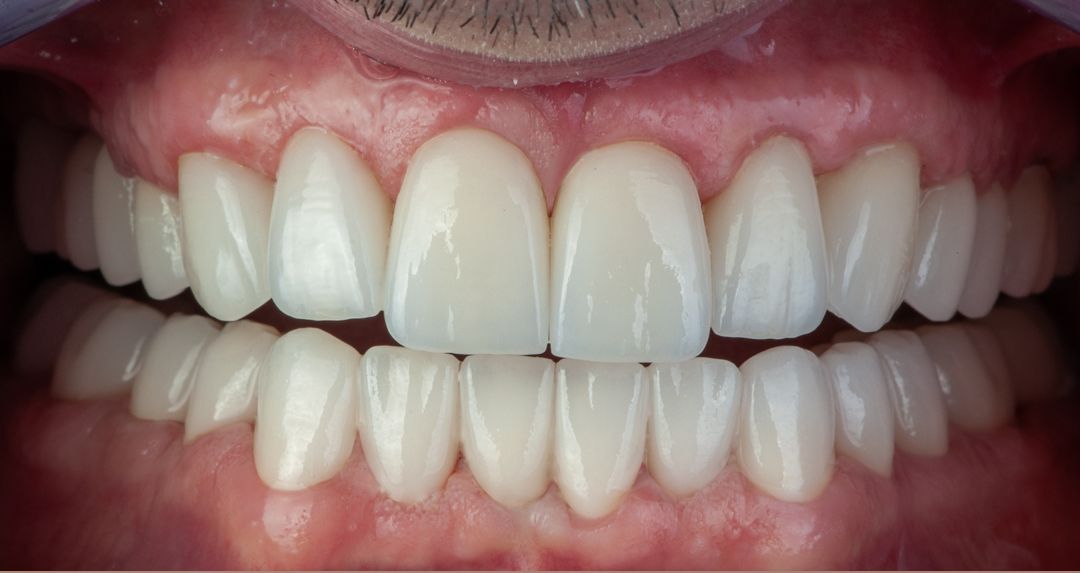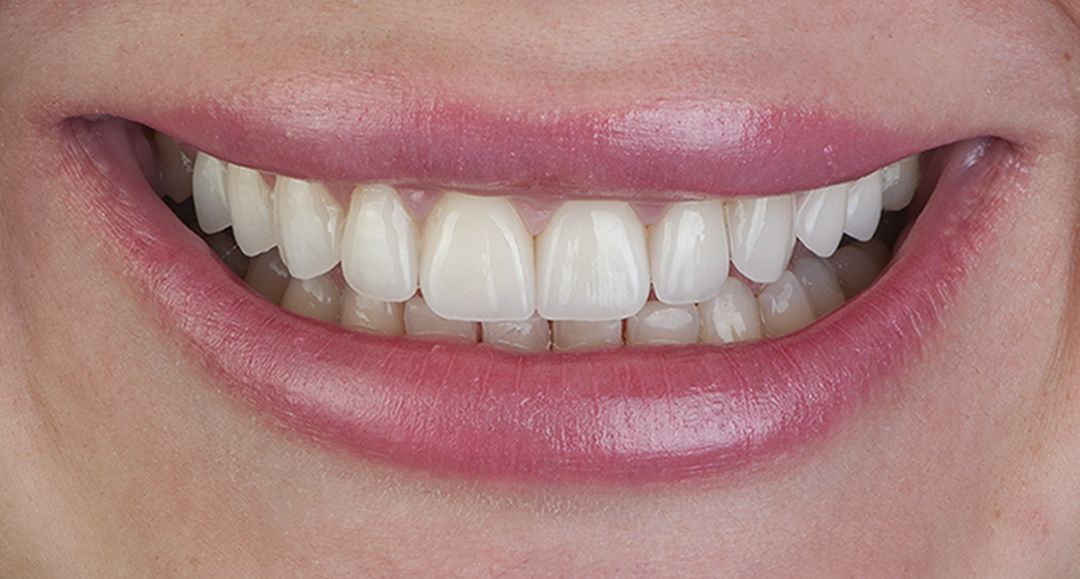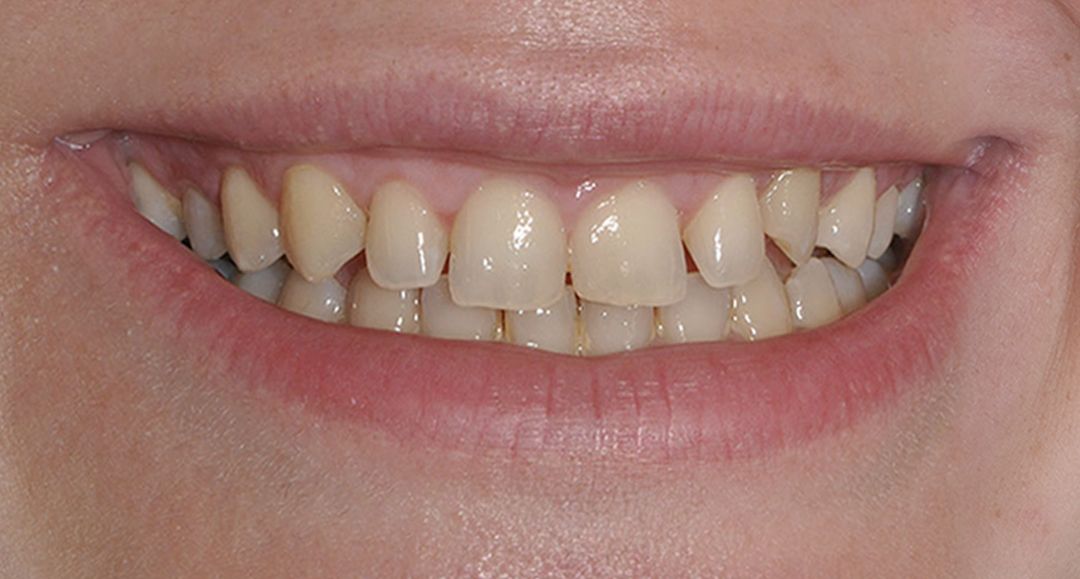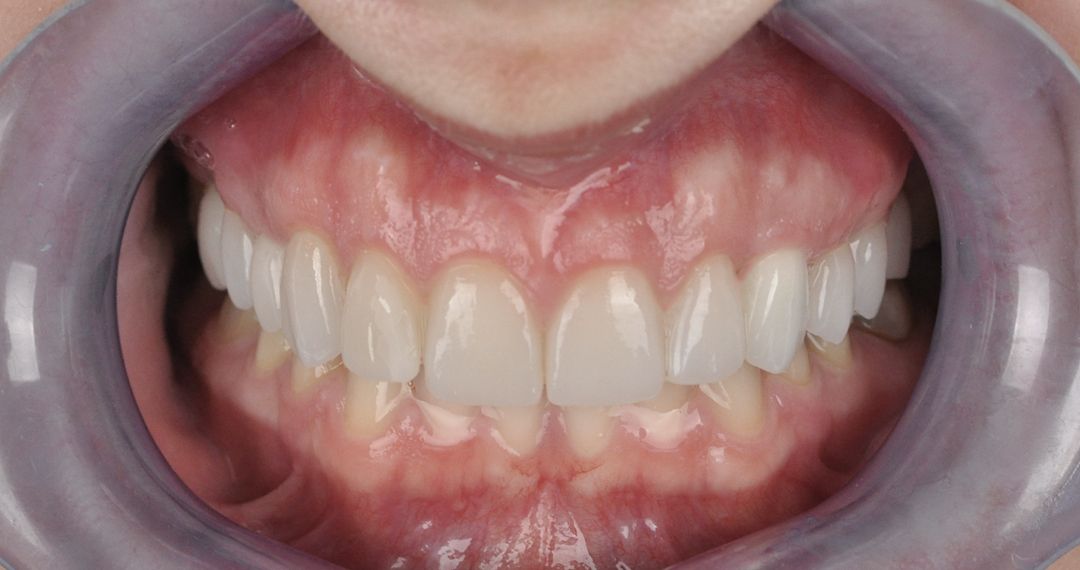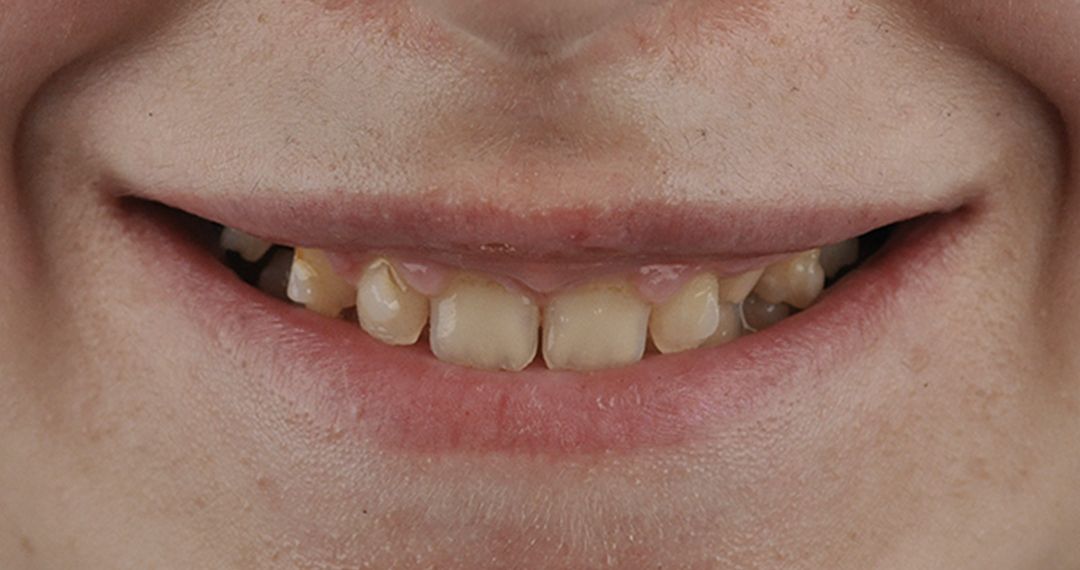
All-on 6 Dental Implant in İstanbul, Turkey
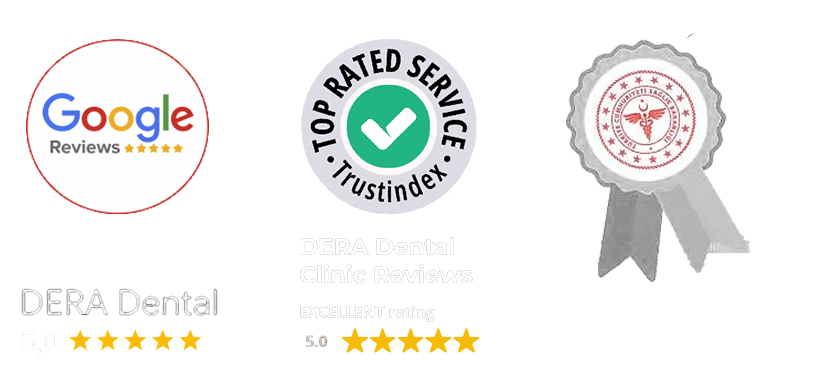
What Are All-On-6 Dental Implants?
All-On-6 is a hybrid prosthesis system application suiting six implants on the jaw lacking all or multiple teeth. The procedure provides the patient with the use of a prosthetic structure on a fixed implant. This system can be applied to both the upper and lower jaws. The adaptation system of the prosthetic structure ensures that the patient maintains aesthetic, phonation (speech), and chewing functions with a high degree of satisfaction.
All-on-6 Before & After
Why Should I Get Treated at Dera?
In Dera Dental Clinic, our experienced oral surgeons use high-quality and A(+) class implants such as Straumann. Our Dental implant procedures are 99% successful, where advanced surgeries are frequently performed on patients with insufficient bone volume. In addition to using high-quality implants, a must for successful dental implant treatments, another essential factor is undoubtedly a precise and successful surgical procedure. This is performed in our clinic by experienced and well-equipped doctors.
Duration
For All-on-6 dental implant treatment, our valued patients are required to visit Istanbul twice, with each visit typically requiring a 3 to 5-day stay.

Price
Our prices range from €6.750 to €9.500, depending on the brand and type of crown you choose. Restore your smile without compromising on the quality you deserve.

Assurance
We use only the highest quality dental implant brands, which is why we offer a lifetime warranty on our implants and a 5-year warranty on crowns.
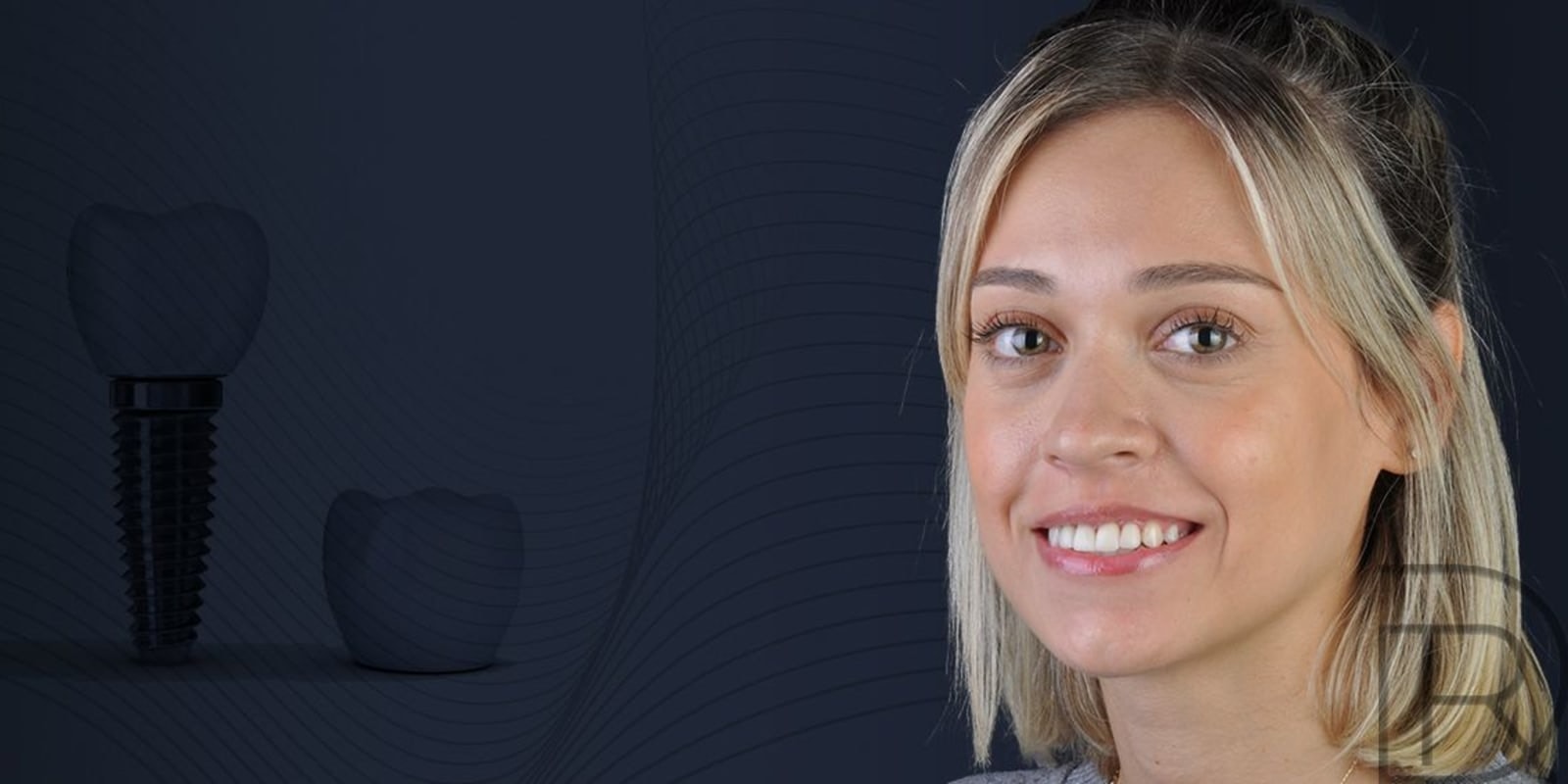
STATE OF THE ART MATERIALS



All-on-6 Dental Implants Prices in Turkey (Per Arch)
Straumann Neodent
All-On-6 Per Jaw
- 6 x Implants + Abutments
- Fixed Hybrid Zirconia Bridge
- Hotel & Transfers
- Tooth Extraction
Straumann Anthogyr
All-On-6 Per Jaw
- 6 x Implants + Abutments
- Fixed Hybrid Zirconia Bridge
- Hotel & Transfers
- Tooth Extraction
Nobel Biocare
All-On-6 Per Jaw
- 6 x Implants + Abutments
- Fixed Hybrid Zirconia Bridge
- Hotel & Transfers
- Tooth Extraction
Straumann Roxolid BLT
All-On-6 Per Jaw
- 6 x Implants + Abutments
- Fixed Hybrid Zirconia Bridge
- Hotel & Transfers
- Tooth Extraction
All-on-6 Dental Implant Process in Turkey






Why Choose Us For All-on-6 Implant Treatment in Istanbul, Turkey?
Especially in European and American continental countries, high dentistry and laboratory prices are causing dental treatments to have high prices. Along with using global and high-quality materials, dentistry, and laboratory expenses are more affordable in Turkey, enabling dental treatments to be carried out more budget-friendly. Because of the prosthetic structure treatment approach, all-on-6 implants can be applied in a more budget-friendly manner in Turkey.
At the same time, the temporary fixed prosthesis system provided by all-on-6 systems after the surgical procedure enabled the systems to be applied rather frequently in Turkey, where health tourism is intense. In our clinic, our dentists, with more than 25 years of experience, offer our precious patients all-on-6 treatment methods from the perspective of personal aesthetics and smile design. In addition, we, as experts, are witnessing that you achieve your health and happy smiles with a rather enjoyable experience with the treatment we apply under the historical and enchanting atmosphere of the cultural heritage city of Istanbul.

Why Choose Us For All-on-6 Implant Treatment in Istanbul, Turkey?
Especially in European and American continental countries, high dentistry and laboratory prices are causing dental treatments to have high prices. Along with using global and high-quality materials, dentistry, and laboratory expenses are more affordable in Turkey, enabling dental treatments to be carried out more budget-friendly. Because of the prosthetic structure treatment approach, all-on-6 implants can be applied in a more budget-friendly manner in Turkey.
At the same time, the temporary fixed prosthesis system provided by all-on-6 systems after the surgical procedure enabled the systems to be applied rather frequently in Turkey, where health tourism is intense. In our clinic, our dentists, with more than 25 years of experience, offer our precious patients all-on-6 treatment methods from the perspective of personal aesthetics and smile design. In addition, we, as experts, are witnessing that you achieve your health and happy smiles with a rather enjoyable experience with the treatment we apply under the historical and enchanting atmosphere of the cultural heritage city of Istanbul.

When Do We Prefer the All-on-6 System?
At Dera, we usually recommend the All-on-6 treatment to patients who are completely edentulous or about to lose all their teeth and who have sufficient bone density and volume in their jaws. Compared to the All-on-4 system, the All-on-6 offers improved stability, better force distribution, and increased long-term success.
While the All-on-6 is generally more expensive than the All-on-4 option due to the amount of materials used, it does provide additional implant support, which can be beneficial for patients with high functional or aesthetic expectations.


When Do We Prefer the All-on-6 System?
At Dera, we usually recommend the All-on-6 treatment to patients who are completely edentulous or about to lose all their teeth and who have sufficient bone density and volume in their jaws. Compared to the All-on-4 system, the All-on-6 offers improved stability, better force distribution, and increased long-term success.
While the All-on-6 is generally more expensive than the All-on-4 option due to the amount of materials used, it does provide additional implant support, which can be beneficial for patients with high functional or aesthetic expectations.
Who Qualifies for All-On-6 Dental Implants?
The all-on-6 treatment concept is available for cases with no teeth on the upper or lower jaw. The foremost condition for implant application is that the implant candidate area must have sufficient bone capacity. Together with that, the patient's general health condition is required to be suitable. The foremost health conditions to be taken into consideration in case of systemic diseases:
- Blood thinners;
Blood thinners are anticoagulant and antiplatelet medicines used for cardiovascular diseases and to prevent the formation of blood clots. Although the usage of such medications is recommended to be discontinued before the dental implant applications involving oral surgery, the right approach is to monitor the patient's blood picture and general health condition by a cardiologist before the oral surgical procedures. During minor surgical dentistry procedures (dental implant, tooth extraction, endodontic surgery, gum surgery, etc.), intense bleeding is not expected. In addition, to ensure doctor and patient comfort during surgical procedures, we recommend that blood thinners be discontinued by checking the International Normalized Ratio (INR) values in the blood. For moderate oral surgical procedures, an INR value between 2-3 is a safe value during the surgical procedure. The 2016 Clinical Practice Statement of the American Academy of Oral Medicine organization stated that moderate invasive oral surgery (defined as "uncomplicated tooth extraction") is safe with an INR value of 3,5. If the surgical procedure planned is advanced invasive surgery, an INR value must be ≤2 for advanced surgical procedures. All-on-6 procedures can be considered advanced oral surgical procedures, including multiple tooth extractions alongside implant applications. As a result, in all-on-6 treatment approaches, an INR value must be ≤2 for the safety of the procedure.
- Diabetes;
How many cardiovascular, general surgery, and medical-surgical procedures can be performed on diabetic patients, and dental/oral surgical procedures can also be performed? Here, the most critical issue is keeping Diabetes under control. Therefore, before All-on-6 dental implant applications, conducting a Hemoglobin A1C (HbA1C) test is important, as it shows the average blood sugar (glucose) level in the last two or three months. To perform oral surgical procedures safely, the HbA1C blood value is expected to be 64 mmol/mol (8%) ≤ n. Patients with HbA1C values higher than the reference range may experience delayed recovery and an increased risk of infection. The usage of biphosphonate and similar medicine. Physiologically, two mechanisms in the bone function at the same time. Bone construction (osteoblastic activity) and bone destruction (osteoclastic activity).
- Bisphosphonate;
Bisphosphonate and a drug group with similar effects inhibit the bone destruction mechanism; in other words, prevent it, and bone construction continues. In this situation, the balance of the bone mechanism turns in favor of bone construction, and during drug use, continuous bone construction continues. As a result of intense osteoblastic activity, recovery of a surgical wound will turn into a risky situation. This disorder in bone recovery causes necrotic tissues to form in the bone, and these necrotic areas that cause intraosseous infection must be cleaned. These intraosseous lesions are generally known as MRONJ (Medication-related Osteonecrosis of the Jaw). β-CTx values are measured in the blood of patients using this group of drugs to evaluate the risk of developing MRONJ. If the β-CTx value is <100 pg/ml, risk/safety values are stated for oral surgery procedures.
- Smoking;
Smoking is one of the most important elements that negatively affect oral hygiene. Like how it causes gingivitis followed by bone destruction around the natural teeth, bad oral hygiene causes bone destruction caused by plaque buildup in soft and hard tissues around the dental implants. Together with this, scientific research has shown that implant loss rates in patients who smoke are 2.14 times higher than in patients who do not smoke. Smoking is an important element that threatens the long-term success and usage of dental implants. However, Smoking is an important bad habit that impairs healing and prevents tissue formation not only in implant surgical procedures but also in bone graft applications.
- Alcohol consumption.
Alcohol is known to cause tissue-specific changes in healthy tissue protein metabolism. Alcohol consumption affects the immune system and changes the structure of proteins that help the tissue recover. As a result, the recovery period is disrupted. As all-on-6 treatment approaches are included in oral surgery procedures, alcohol consumption has a significant negative impact on tissue healing after such surgery.
How Long Do I Have to Stay in Turkey?
Generally, the all-on-6 treatments are completed in 2 sessions. For each session, 3-5 workdays will be sufficient. If the bone capacity is insufficient, the number of sessions may increase to 3.


How Long Do I Have to Stay in Turkey?
Generally, the all-on-6 treatments are completed in 2 sessions. For each session, 3-5 workdays will be sufficient. If the bone capacity is insufficient, the number of sessions may increase to 3.
What Surgeries May Be Required Before The Implant Installation?
In most cases, All-on-6 treatment does not require extra surgical procedures. However, if the bone volume is insufficient, some additional treatments may be necessary to ensure long-lasting and stable results.
Upper Jaw (Maxilla)
After tooth loss, the sinus cavities in the upper jaw can expand into the empty space — a process called pneumatization. This can make implant placement in the back part of the upper jaw difficult due to reduced bone height.
To avoid this issue, angled implants are often used in the All-on-6 technique. These implants are placed in a way that avoids the sinus area while still providing strong support. If there is not enough bone for this, a surgical procedure called a sinus lift can be performed. This involves adding bone material to increase the bone height and make implant placement possible.
Lower Jaw (Mandible)
The front part of the lower jaw, also known as the symphysis area, usually has enough bone for implant placement. In rare cases where the bone is too thin, bone grafting can be used to strengthen the area.
In the back part of the lower jaw, there's an important anatomical structure called the mental foramen, where a nerve exits the bone. To avoid damaging this nerve, back implants in All-on-6 treatments are often placed at an angle. This method allows for safe placement and better use of the existing bone. If there is not enough bone in this region, additional grafting procedures may be recommended.

The implant used in all-on-6 procedures and the regular dental implants are made of the same materials. Thanks to the multi-unit abutments that adapt to sloped and angled implants in all-on-6 systems, the parallelism requirement for the seating of prosthetic structures is met. Multi-abutment systems enable the prosthetic structure to be connected to intraosseous implants in the form of a screw system. Along with this, regular implant systems can be connected to the implants with screws or adhered with cement. All-on-6 systems, which are frequently preferred in today's modern dentistry, offer fixed temporary options at the same time. In other words, the patient's chewing, aesthetic, and phonation functions are maintained by placing fixed temporary implants immediately after the surgical procedure, during the osseointegration period.

